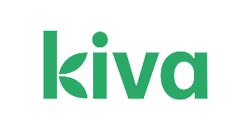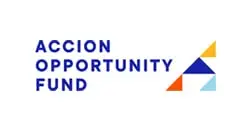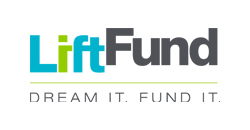If you’ve decided that a microloan is the right move for your business, here are the general steps to get a microloan for your small business:
1. Review eligibility criteria
Each microlender sets its own business loan requirements to determine borrower eligibility. Plus, some microlenders only work with businesses in specific geographic areas, industries or demographics.
Although microlenders tend not to rely exclusively on your credit score when reviewing your application, it’s still worth boosting your personal credit score before applying. Having a higher score could help unlock more favorable rates and terms — potentially saving you more money in the long run.
You can monitor your score for free with LendingTree Spring. Try to pay down your debts and dispute any errors on your credit report before submitting a loan application. If the lender does consider your credit score, it’s usually in the overall context of the loan application. However, serious financial issues — such as active bankruptcy proceedings — may disqualify your business from receiving a microloan.
2. Gather essential financial documents
Organizing your financial records can help speed along the application process. If you miss anything on the loan application or forget to include pertinent information, your loan application may get denied.
Here are some common documents your lender may need to see or access when applying for a micro business loan:
3. Be prepared to provide collateral or a personal guarantee
A microlender may require borrowers to offer business assets as collateral to secure a microloan. Common assets can include cash, equipment or real estate. In addition, a personal guarantee may be required, meaning you’d be responsible for repaying the microloan if your business defaults.
4. Compare options and rates
Review each lender’s terms and conditions to pick the best option for your business. You may benefit from reading small business lender reviews in advance to ensure they align with your business’s criteria and needs.
You can also use our business loan calculator to see your borrowing potential, compare rates and get an overview of what you’ll pay in interest.
And before signing the dotted line, make sure to thoroughly read your business loan agreement. If anything seems confusing, it’s best to bring it to the lender’s attention before moving forward.
View Your Small Business Loan Options















